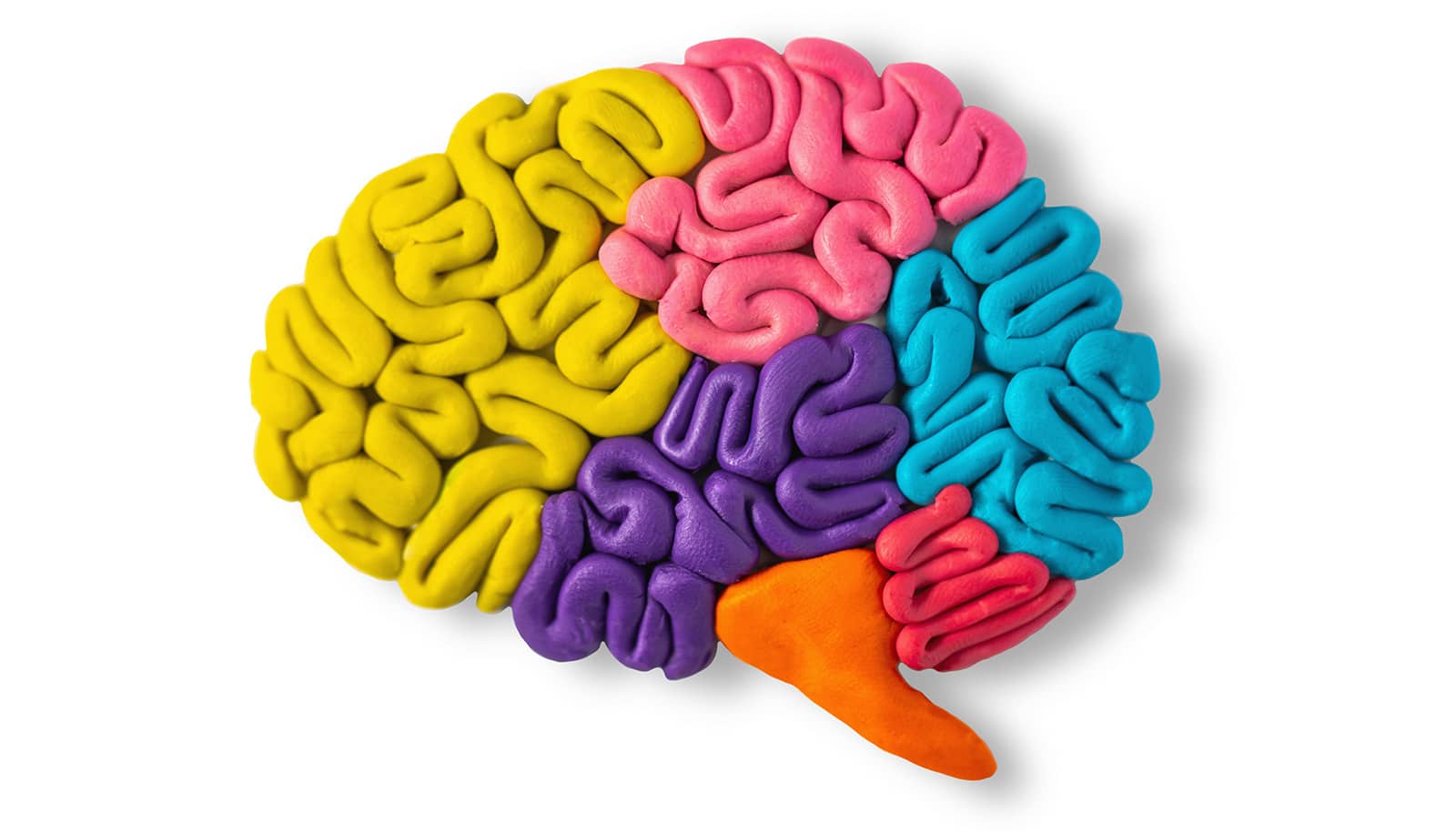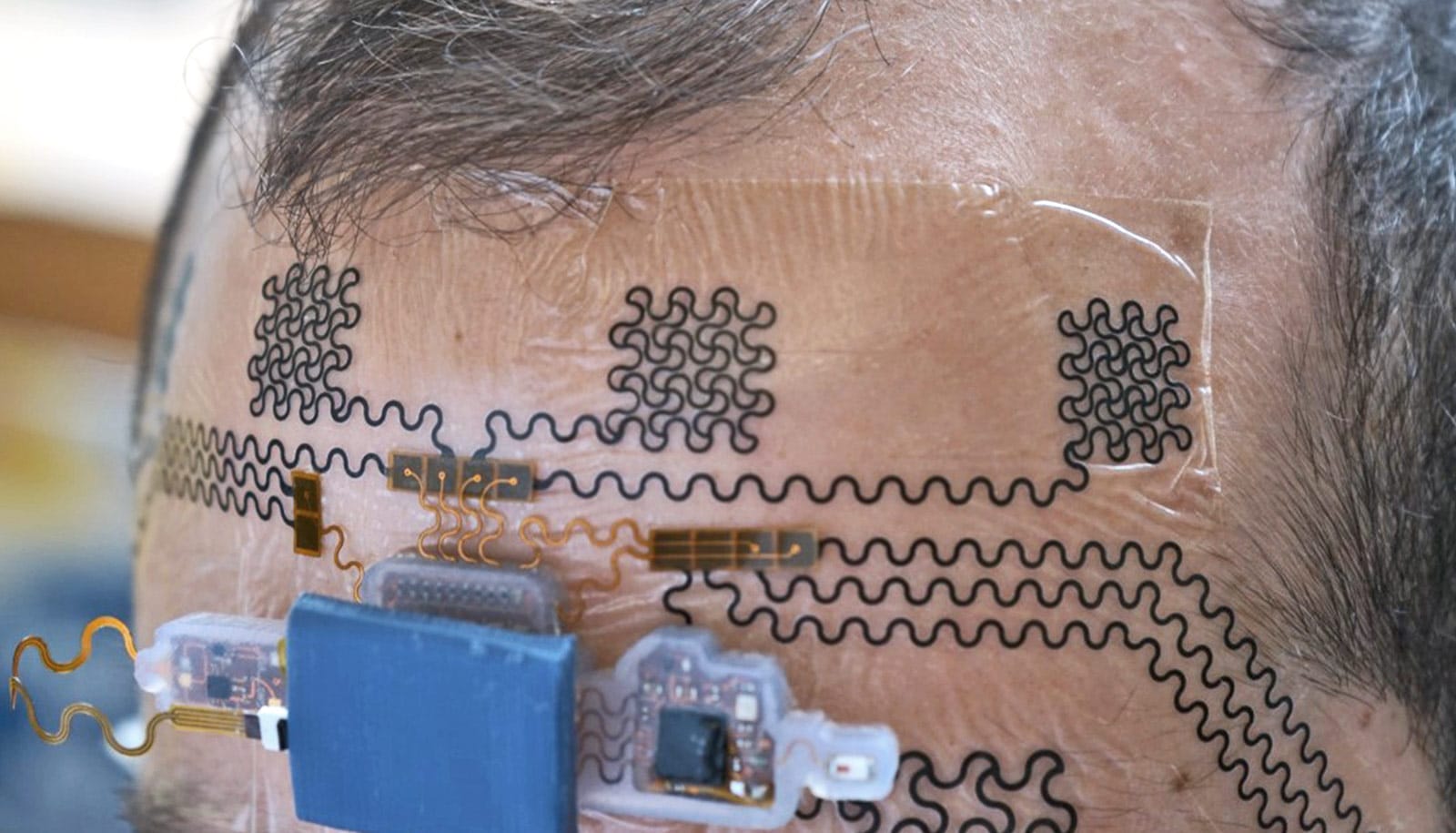If there’s a problem with a piece of electronics, the best way to troubleshoot is to check the flow of electricity through the various circuit components to spot faulty parts.
Bioengineer and neuroscientist Jin Hyung Lee, who studies Parkinson’s disease at Stanford University, has adapted that idea to diseases of the brain. Lee, who trained as an electrical engineer before becoming a brain researcher, wanted to give neuroscientists a way to probe brain ailments similar to how engineers troubleshoot faulty electronics.
“Electrical engineers try to figure out how individual components affect the overall circuit to guide repairs,” she says.
So she created a new way to turn on specific types of neurons in order to observe how this affects the whole brain. The work is described in the journal Neuron.
In the short term, her technique should help improve treatments for Parkinson’s disease. In the long run it provides a methodology to identify, map, and ultimately repair neural circuits associated with other brain diseases.
Uncontrolled tremors
Lee’s circuit-mapping approach combines two experimental tools with a computational method. The first experimental tool is optogenetics, which modifies specific types of neurons so they can be turned on in response to light.
The second experimental tool—functional MRI, or fMRI—measures blood flow in the brain. Increased blood flow is associated with increased activity. Using optogenetics to turn on a specific type of neuron, and fMRI to observe how other regions of the brain responded, Lee then used a computational analysis to map the entire, specific neural circuit and also determine its function.
One hallmark of Parkinson’s disease are uncontrollable tremors. Neuroscientists believe that these tremors are caused by malfunctions in the neural pathways that control motion. They know that different regions of the brain are constantly forming circuits to carry out tasks, whether motion or speech. However, prior to Lee’s technique, researchers had no way to show how activating a specific type of neuron might cause a specific circuit to form in the whole brain.
Wiring diagrams might let biologists ‘rewire’ brains
Testing her approach on rats, Lee probed two different types of neurons known to be involved in Parkinson’s disease—although it wasn’t known exactly how. Her team found that one type of neuron activated a pathway that called for greater motion while the other activated a signal for less motion. The researchers then designed a computational approach to draw circuit diagrams that underlie these neuron-specific brain circuit functions.
Reverse engineer
“This is the first time anyone has shown how different neuron types form distinct whole brain circuits with opposite outcomes,” Lee says.
The findings should help improve treatments for Parkinson’s disease, Lee says.
Neurosurgeons are already using a technique called deep brain stimulation (DBS) to calm Parkinson’s tremors in their patients. DBS delivers tiny electric jolts to neurons thought to be responsible for the tremors. A more precise understanding of the how those neurons work to control motion could help guide more effective stimulation.
But more broadly speaking, Lee thinks that her technique gives researchers a new way to reverse-engineer the functions of the many different types of neurons in the brain and the bafflingly diverse array of neural circuits formed to carry out different commands.
The National Institutes of Health, the National Science Foundation, an Alfred P. Sloan Research Fellowship, and an Okawa Foundation Research Grant Award supported the work.
Source: Stanford University



